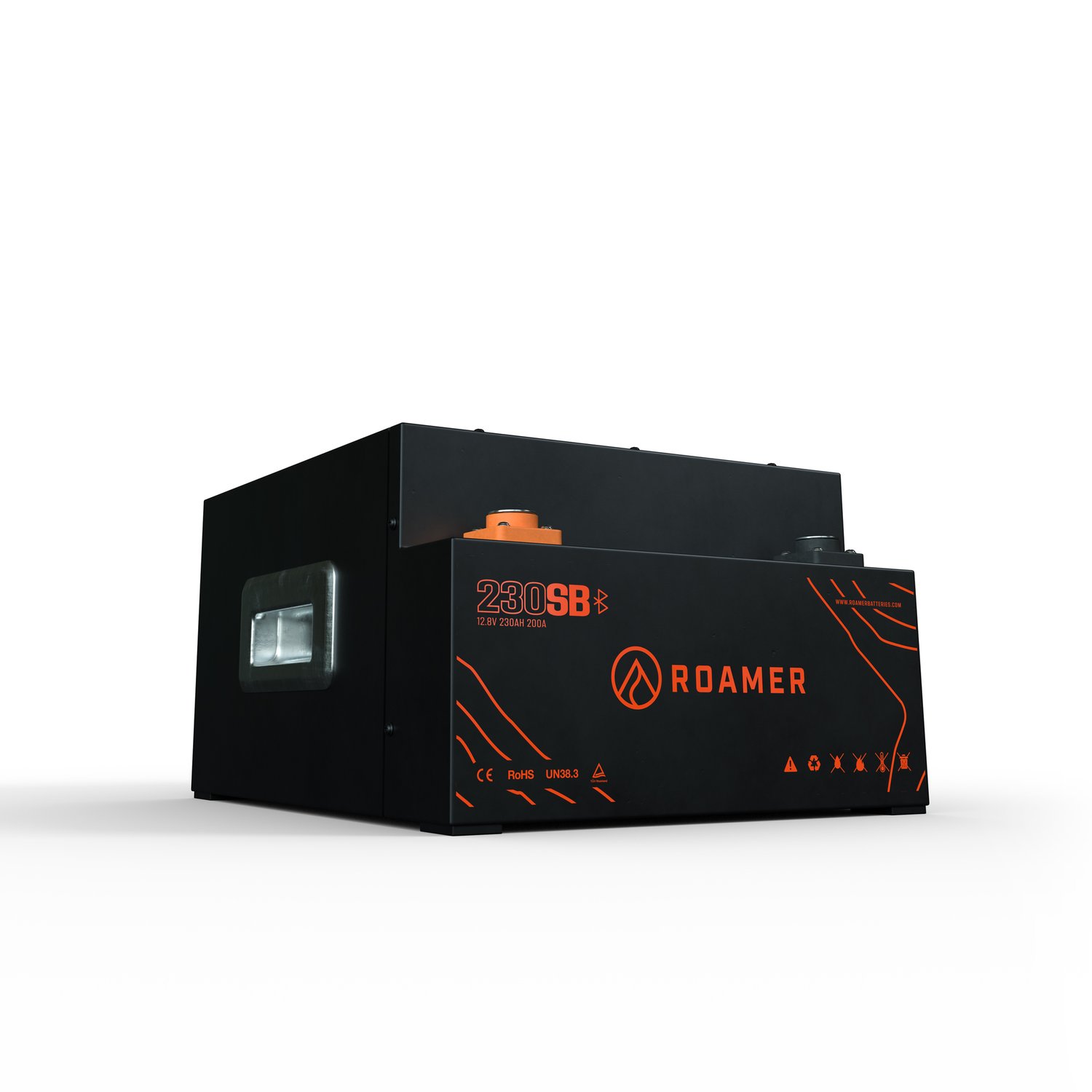bob1651
- Messages
- 17
- Vehicle
- T5 SE 174
Hi. My 2006 VW Cali needed some upgrades. I've installed a solar panel via Mppt controller and have been impressed at how little I require hook-up. I've taken the plunge to replace the AGM batteries for lithium ones. This should double my capacity and allow the installation of a 1600 watt inverter without taking any more space. The wardrobe leisure battery is nearly drop in. The passenger seat battery required a seat lift due to battery size. All has gone well and campervan control panel worked until connecting brown lead from wardrobe (hook up charger)? Its wasn't connected to hook-up though. I've checked passenger seat fuses and all appears okay. Has anyone else tried the upgrade? Or know anything about the multifunction display?

















